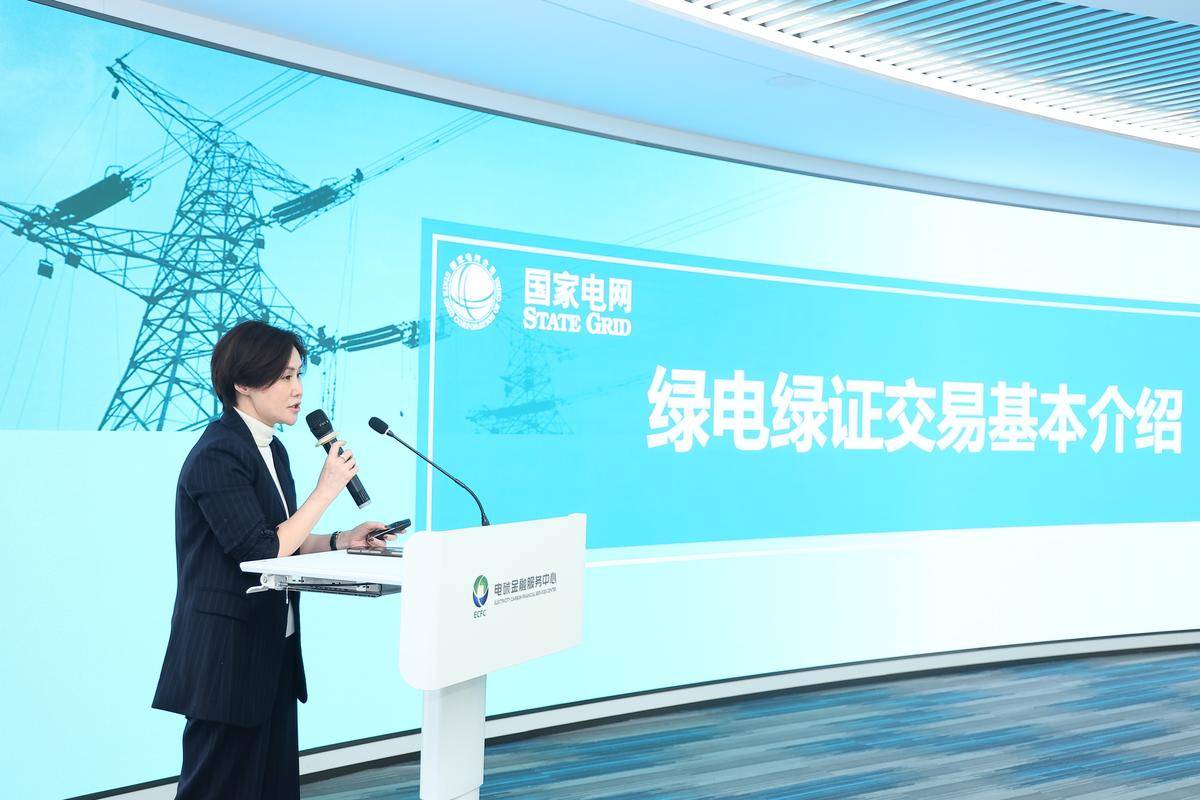How can zero-carbon industrial parks be built? How can power supply security coexist with green low-carbon transformation? A seminar themed “Safeguarding Critical Users’ Electricity Safety, Jointly Promoting Industry Green Low-Carbon Transformation” was held in Wuhan. It was revealed that Wuhan is proactively innovating to advance the construction of a national “Zero-Carbon Demonstration Park,” ensuring reliable power supply for key sectors and important users while accelerating energy structure optimization to inject green momentum into high-quality economic and social development.
This year, facing challenges including frequent extreme weather and record-breaking electricity consumption loads, the Wuhan Power Supply Company has pursued a dual-track approach: strengthening the grid foundation, refining maintenance, and optimizing services on one hand; and using market-based mechanisms to mobilize load resources on the other. New time-of-use pricing policies for commercial and industrial charging and battery-swapping facilities were introduced to shift peak demand, while new methods for precise virtual power plant responses were validated to shave peak loads. This successfully managed four consecutive record highs in the city’s electricity load, reaching 10.85 million kilowatts.
In low-carbon transformation, the Wuhan Power Supply Company actively implements the “dual carbon” goals, achieving significant results in new energy integration, green electricity trading, and zero-carbon park development. To date, Wuhan’s distributed photovoltaic installed capacity has exceeded 2.28 million kilowatts; 163,200 residential charging points have been connected, with 9,227 operational charging stations servicing 1.792 billion kilowatt-hours from January to September; eight virtual power plant aggregators have integrated 622 enterprises; and green electricity transactions from January to September reached 1.226 billion kilowatt-hours, helping key enterprises like Wuhan Iron and Steel reduce carbon emissions.
At the seminar, experts interpreted high-efficiency energy conservation and emission reduction requirements and national zero-carbon park construction standards. A university shared experiences in ensuring power supply for green smart campuses and distribution automation management. Companies exchanged power supply measures through case studies, providing references for service optimization and distribution automation enhancement. Additionally, the city’s green electricity and certificate service center explained purchasing procedures, while an energy-carbon-finance center shared low-carbon transformation experiences linking energy production, carbon emission management, and financial services.
Experts emphasized that ensuring power supply and advancing green low-carbon transformation are systematic projects and long-term tasks. They called for strengthened communication and deeper cooperation among power supply companies, electricity users, and other stakeholders to jointly build, govern, and share an energy ecosystem, making greater contributions to Wuhan’s power supply security and green low-carbon transition.


